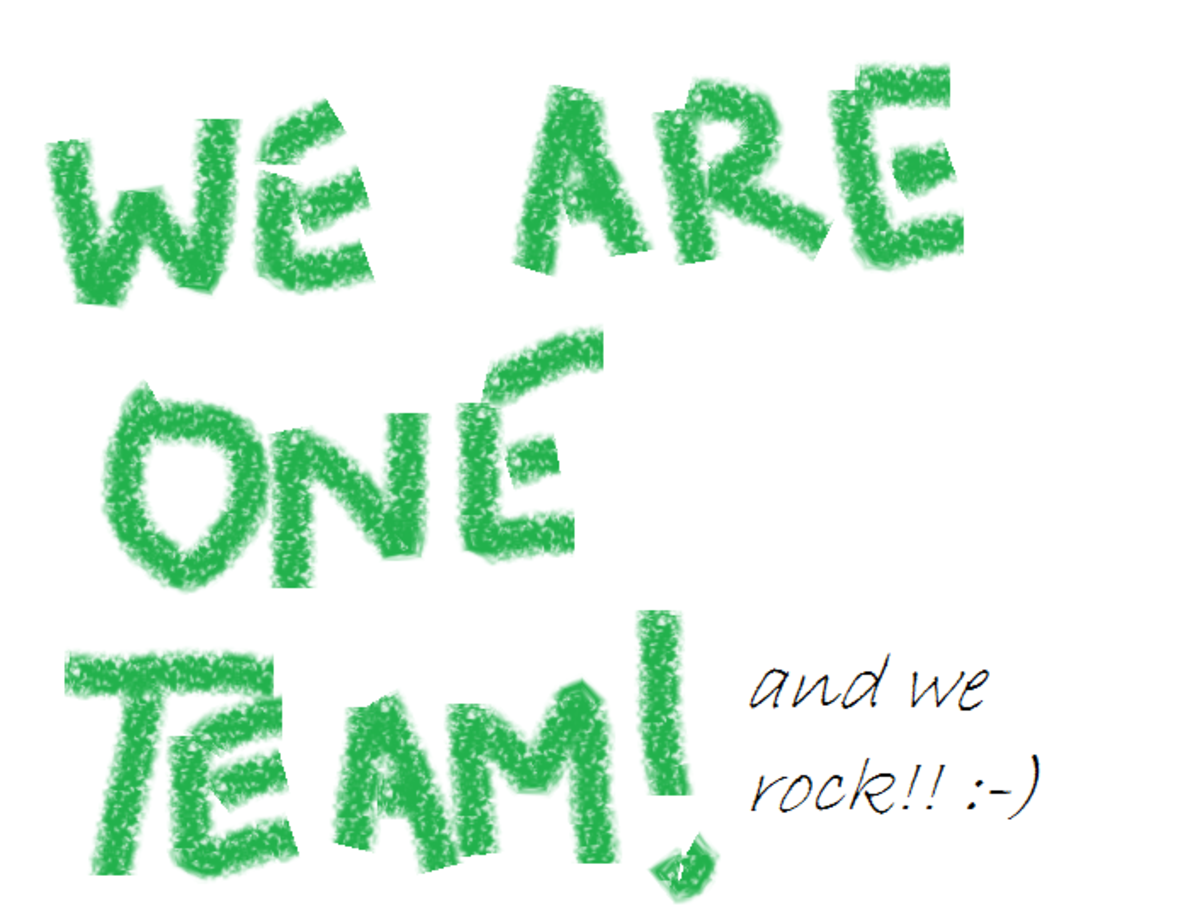Criticism in the Workplace
Think Twice
As a manager, you will have to offer criticism of your employees’ work from time to time. While you may be tempted to be harsh and chastise your employees, you must keep in mind your overall goal. If you have the goal of increasing worker production or performance, you need to think twice about your words and how you approach criticism.
Peace

What Happens When You Only Point Out Faults in Someone’s Performance
I have experienced a rash of unproductive criticism in which comments such as “why didn’t you just do what I said,” “I do more than you,” and “don’t you want to learn anything,” ~ you get the point. From my personal experience, I feel that these comments stick with you and adversely impact work performance. In fact, un-productive criticism does the following:
- Create Hurt Feelings
- Build Resentment Against Management
- Create Doubt in Ability
- Reduce Loyalty to Company/Organization.
These outcomes ultimately reduce worker performance as more focus is placed upon the criticism and hurt feelings as opposed to work production, and the worker’s overall commitment to company goals also declines.
Tips for Constructive Criticism
If you want to keep a worker loyal to your mission and increase her performance, please keep in mind the following tips of how to provide constructive criticism:
- Always begin your discussions with a positive comment such as commenting on what was done correctly or pointing out any strengths of the employee’s work;
- Convey your confidence that you believe that your employee can be the best. This message can be achieved by saying, “you have a lot of skill and will catch on quick to the new program” or something similar;
- Ask for input from the employee about how she would make improvements or about what she thinks needs can be done in a different way. You might be surprised to find that your employees might actually know what they can improve upon and make a commitment for themselves to make changes;
- Suggest ways to improve by providing opportunities to show improvements. Don’t just explain how to do something by pointing out all the mistakes. Make comments such as “next time, you could try to do such and such.” There is no reason to make one incident seem like the “be all end all” of a career. Constructive criticism means you give someone the opportunity to improve.
You would be hard pressed to find someone who enjoys criticism. Criticism is hard to take on any level. A little sensitivity in how you approach the method of criticism, keeping an eye towards creating and maintaining workers with high performance standards, can go a long way to creating a healthy work environment in which less time starts is spent on criticism in general.








